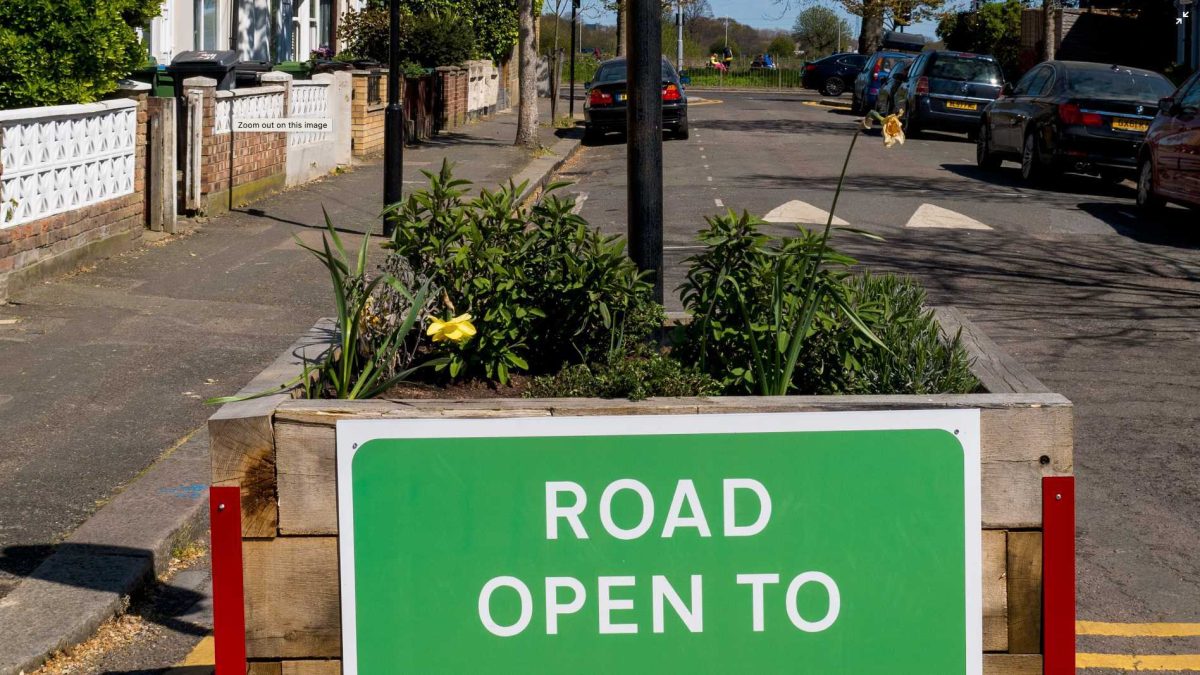
Cobbled Speed Tables: An Effective Tool for Reducing Speeding
Cobbled speed tables have emerged as a popular and effective solution for addressing the issue of speeding in residential areas. These speed tables, composed of a series of cobbles or small stones arranged in a pattern to create a bumpy surface, serve the purpose of slowing down vehicles as they traverse over them. This comprehensive solution not only diminishes the speed of vehicles but also enhances safety for pedestrians and cyclists alike.
One of the key advantages of cobbled speed tables is their ease of installation and maintenance. Unlike other traffic calming measures, these tables can be swiftly and effortlessly installed, requiring only minimal upkeep. Their durability allows them to withstand heavy traffic and adverse weather conditions, rendering them an ideal solution for areas with substantial vehicular movement.
The visibility of cobbled speed tables is another salient feature contributing to their effectiveness. The bumpy surface is conspicuous to drivers, serving as a visual reminder for them to reduce their speed. This enhanced visibility fosters a sense of safety for pedestrians and cyclists, as they can readily discern the presence of the speed tables and feel assured that drivers are cognizant of them.
Moreover, employing cobbled speed tables is a cost-effective approach. Their installation and maintenance expenses are relatively modest, making them a viable option for localities with restricted budgets. The versatility of these tables allows for their utilization in various locations, further bolstering their cost-effectiveness.
Research has demonstrated the efficacy of cobbled speed tables in reducing vehicular speeds. Studies have indicated that these tables can effectuate a substantial reduction in speeds, up to 20%. This decrease in speed not only enhances the safety of pedestrians and cyclists but also mitigates the likelihood of accidents.
In conclusion, cobbled speed tables serve as an efficient mechanism for mitigating speeding in residential areas. Their installation and maintenance are hassle-free, they offer high visibility to drivers, they are cost-effective, and they have a proven track record of reducing speeds. Consequently, cobbled speed tables are an optimal solution for locales grappling with heightened traffic volumes and budget constraints.
The installation of cobbled speed tables has been shown to be beneficial in a variety of localities, providing an opportunity for further research and expansion. Additionally, ongoing efforts to promote public awareness of the advantages and operation of these speed tables can facilitate their widespread adoption. Collaborative initiatives between local governments and community members can help foster a clearer understanding of the benefits of cobbled speed tables and their role in enhancing road safety. Further exploration of design variations and materials used in these speed tables can also contribute to their continued effectiveness in addressing speeding concerns.
















